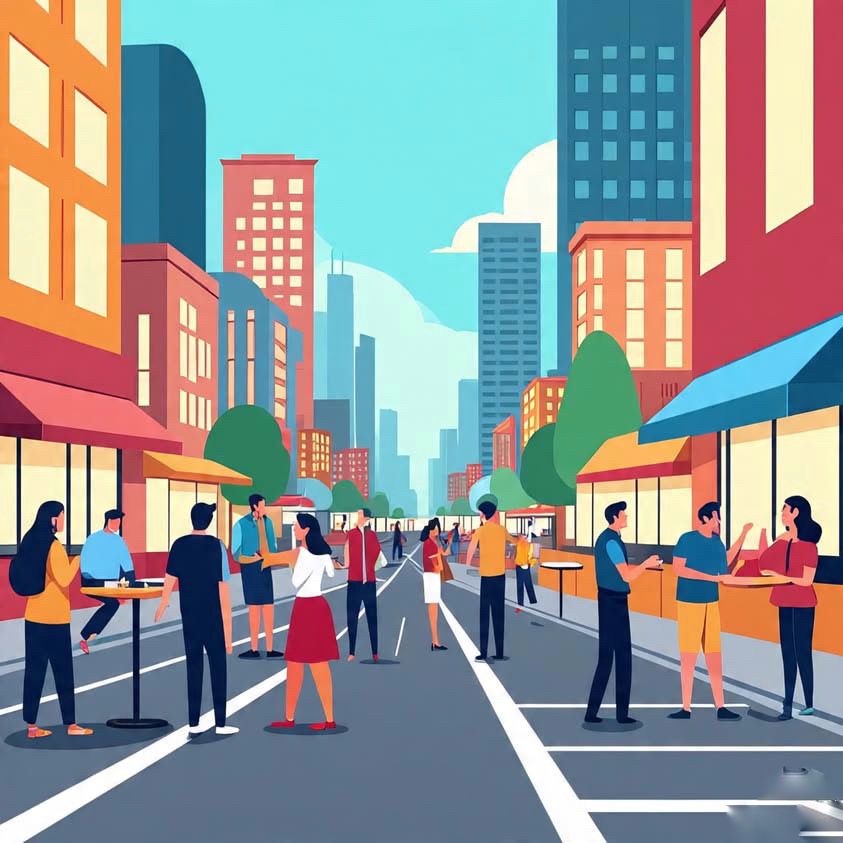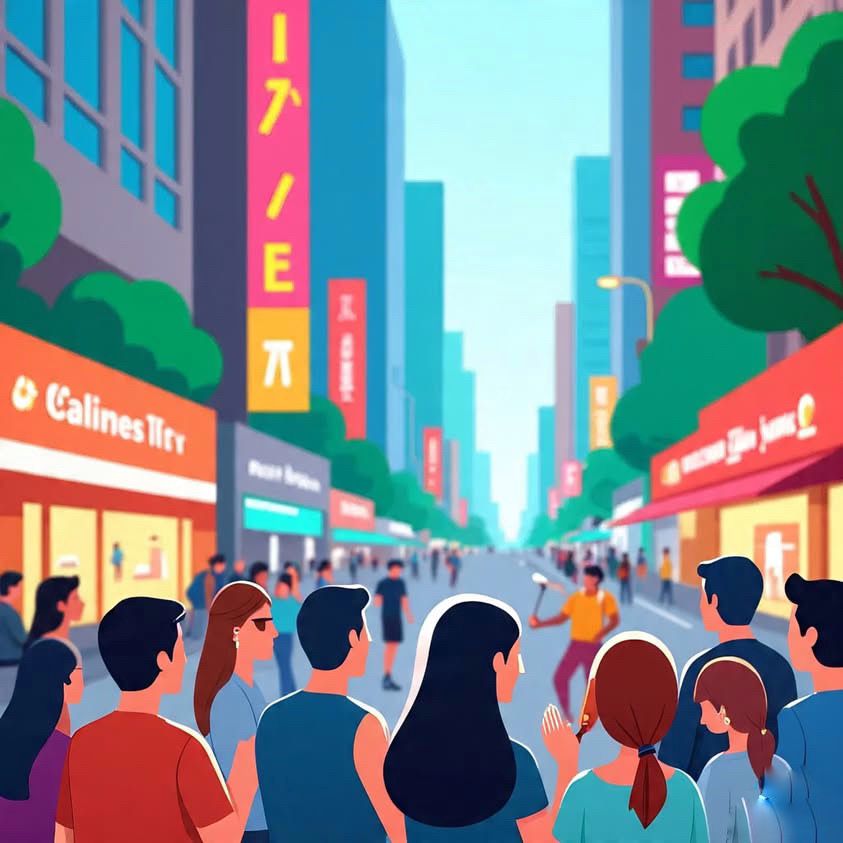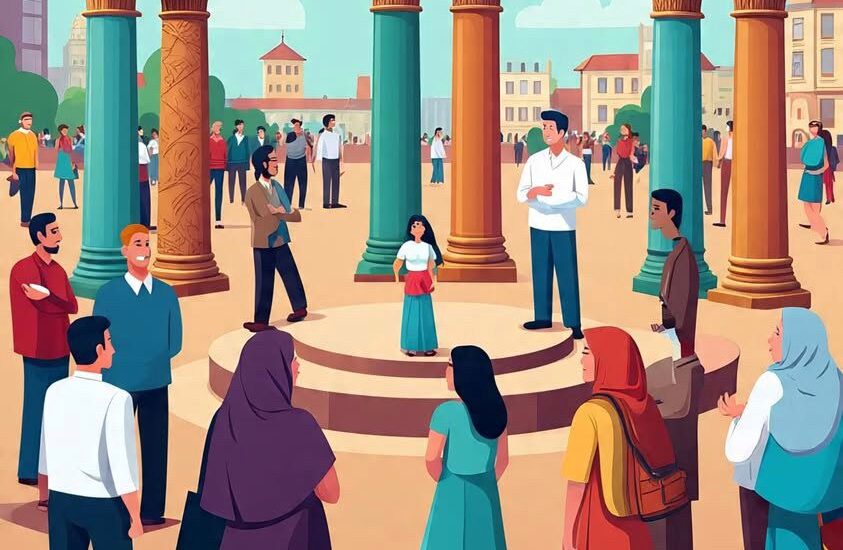Walking through my local farmer’s market last weekend, I found myself overwhelmed by the sensory experience. The smell of fresh bread mingled with lavender soap, children laughed while parents haggled over tomato prices, and my fingers traced the rough bark of handmade cutting boards. This moment made me realize how deeply our senses connect us not just to our environment, but to each other and the very fabric of society itself. Discover how the sociology of the senses reveals that our sensory experiences are socially constructed.
The sociology of the senses represents a fascinating field that examines how our sensory experiences of sight, sound, smell, taste, and touch are not merely biological functions but are profoundly shaped by cultural, social, and historical forces. When we think about sociology, we often focus on abstract concepts like social structures, institutions, and power dynamics. But what if I told you that the way you perceive the world through your senses is just as socially constructed as any other aspect of human behavior?
Consider how different cultures interpret the same sensory input in entirely different ways. The sociology of smell reveals fascinating patterns across societies. While Western cultures often associate certain scents with cleanliness or luxury, other cultures might find these same fragrances offensive or meaningless. I remember traveling to Southeast Asia and being initially put off by the pungent smell of durian fruit in local markets. Yet for locals, this aroma represented comfort, tradition, and culinary excellence. This experience taught me that our sensory sociology is learned, not innate.
Visual sociology takes this concept even further. The colors we associate with gender, the way we interpret facial expressions, even our understanding of personal space—all of these visual cues vary dramatically across different societies. In some cultures, direct eye contact is a sign of respect and honesty, while in others, it may be considered rude or aggressive. These sensory social norms govern our daily interactions in ways that we often overlook.

The sociology of sound and hearing opens up another rich area of exploration. Think about how different generations respond to music, or how certain sounds can instantly transport us to specific cultural contexts. The sound of church bells might evoke feelings of community and tradition for some, while creating anxiety or annoyance for others. These auditory experiences are deeply embedded within our social fabric, serving as invisible threads that bind communities together or set them apart.
Touch and tactile experiences also carry profound social meaning. The sociology of touch examines how physical contact varies across cultures, social classes, and historical periods. A firm handshake, a gentle pat on the shoulder, or the distance we maintain during conversations, these seemingly simple sensory interactions communicate volumes about social relationships, power structures, and cultural values.
What strikes me most about sensory sociology is how it reveals the artificial nature of what we often consider natural responses. Our taste preferences, for instance, are heavily influenced by social class, geographical location, and cultural background. The foods we find delicious or disgusting are rarely about objective nutritional value but rather about learned social associations.
The digital age has introduced entirely new dimensions to the sociology of the senses. How do we form social connections through screens? What happens to our sensory social interactions when they become mediated by technology? These questions become increasingly relevant as we navigate virtual relationships and digital communities.

Medical sociology also intersects with sensory experience in profound ways. How societies treat sensory disabilities, what accommodations they provide, and how they integrate or exclude people with different sensory abilities reveal profound truths about social values and structures. The sociology of disability and sensory experience challenges us to think about whose sensory experiences are considered “normal” and whose are marginalized.
Environmental sociology connects with our sensory experiences through concepts like sensory pollution. The sounds, smells, and visual elements of urban environments are not neutral; they reflect and reinforce social inequalities. Wealthier neighborhoods often have quieter streets and cleaner air, while lower-income areas might experience more sensory stressors.
Understanding sensory sociology has practical implications for urban planning, education, marketing, and social policy. When we recognize that sensory experiences are socially constructed, we can begin to design more inclusive environments that acknowledge and cater to diverse sensory needs and preferences.
The sociology of the senses reminds us that even our most basic human experiences are shaped by social influences. Next time you walk through that farmer’s market or any public space, pay attention to your sensory reactions. Ask yourself: which of these responses are truly yours, and which have been shaped by the society around you? This awareness might just change how you experience the world.
Reference
Classen, C. (1997). Foundations for an anthropology of the senses. International Social Science Journal, 49(153), 401-412.
Howes, D. (2003). Sensual relations: Engaging the senses in culture and social theory. University of Michigan Press.
Low, K. E. Y. (2005). Ruminations on smell as a sociocultural phenomenon. Current Sociology, 53(3), 397-417.

